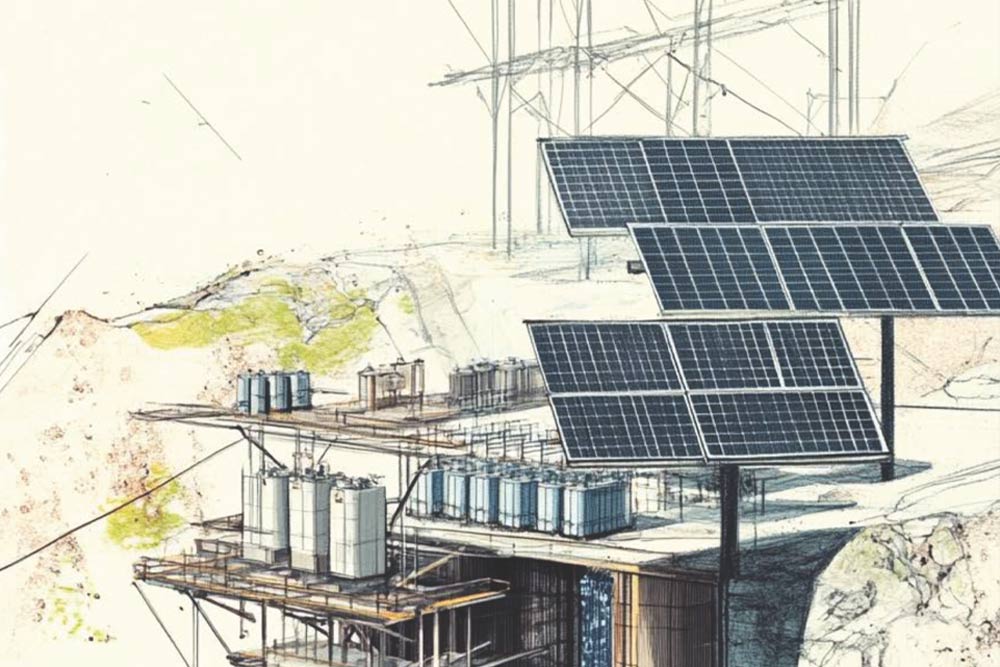Monthly Energy Market Update: The Evolution of Long-Duration Energy Storage in the EU
April 2025
The European energy market is undergoing significant transformations driven by climate goals and technological advancements. In this month’s blog, we will explore the evolving energy landscape in the EU and highlight the crucial role of long-duration energy storage (LDES), with a particular focus on underground pumped hydro storage (UPHS).

Executive Summary
As the EU strives for a carbon-neutral future by 2050, the demand for robust energy storage solutions is increasing. Long-duration energy storage, especially UPHS, offers a reliable way to balance supply and demand while integrating renewable energy sources.
Current State of the Energy Market
The EU's energy market is heavily influenced by the European Green Deal, which aims to cut greenhouse gas emissions. Renewables, particularly wind and solar, dominate new energy investments. Despite this progress, intermittency remains a challenge, necessitating effective storage solutions.
The Rise of Long-Duration Energy Storage
Long-duration energy storage provides solutions for energy supply gaps caused by the fluctuations of renewables. Technologies like pumped hydro storage, batteries, and thermal storage offer different advantages. Among these, UPHS stands out for its potential to store energy for long periods efficiently.
Understanding Underground Pumped Hydro Storage
UPHS involves pumping water into underground reservoirs during low energy demand and releasing it to generate electricity during peak demand periods. This method optimally utilizes geological formations, providing substantial storage capacities with minimal land use impacts.
Regulatory Support and Market Dynamics
EU regulations are increasingly supportive of LDES technologies. The Clean Energy for All Europeans package emphasizes the need for storage solutions in achieving renewable energy targets. Structural changes in energy pricing models are also fostering investment in LDES, signaling a positive trend for UPHS.
Case Studies and Real-world Applications
Recent projects across Europe demonstrate the viability of UPHS. For instance, the ongoing development of subterranean reservoirs in Norway showcases the potential for large-scale storage solutions. Additionally, studies predict that UPHS can reduce reliance on traditional backup sources, such as fossil fuels, thereby enhancing grid resilience.
By the Numbers
- Expected growth rate of the energy storage market: 20% annually through 2030
- Projected investment in renewable energy by EU countries: €1 trillion by 2030
- Capacity of proposed UPHS projects across Europe: 10 GW+
Key Takeaways
- Long-duration energy storage is essential for integrating renewables.
- UPHS offers a sustainable, efficient solution with long-term storage capabilities.
- Supportive EU regulations are driving market growth and investment in energy storage technologies.
- Real-world applications demonstrate the viability and potential of UPHS projects.
The energy market in the EU is on the cusp of significant transformations that will determine its resilience and sustainability. With long-duration energy storage solutions like UPHS leading the charge, the future looks promising for a reliable and clean energy landscape.
Follow us for more information at About us or Linkedin.